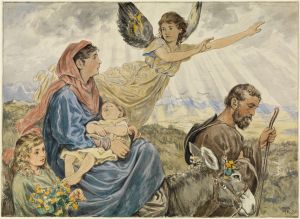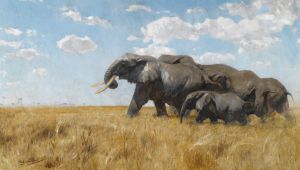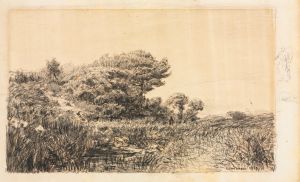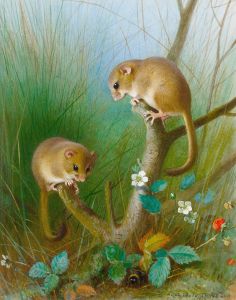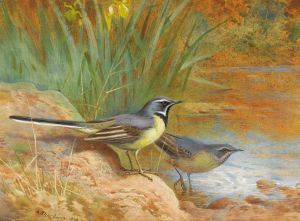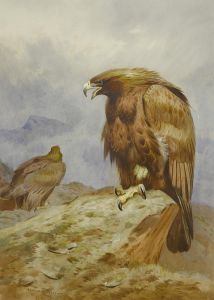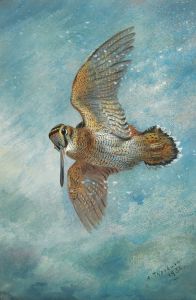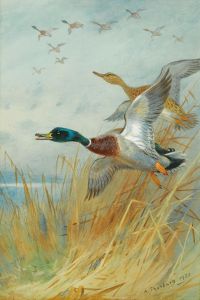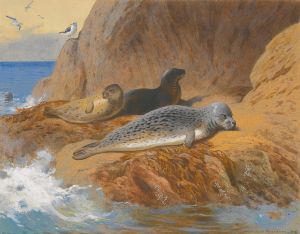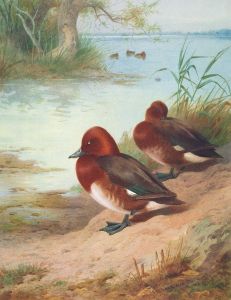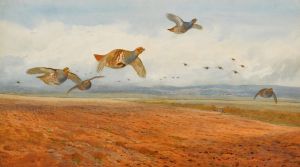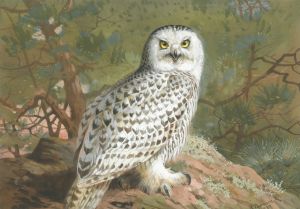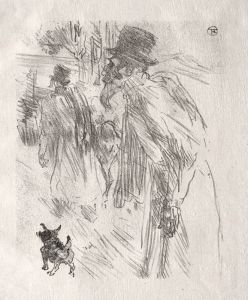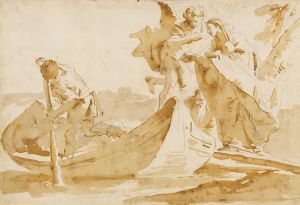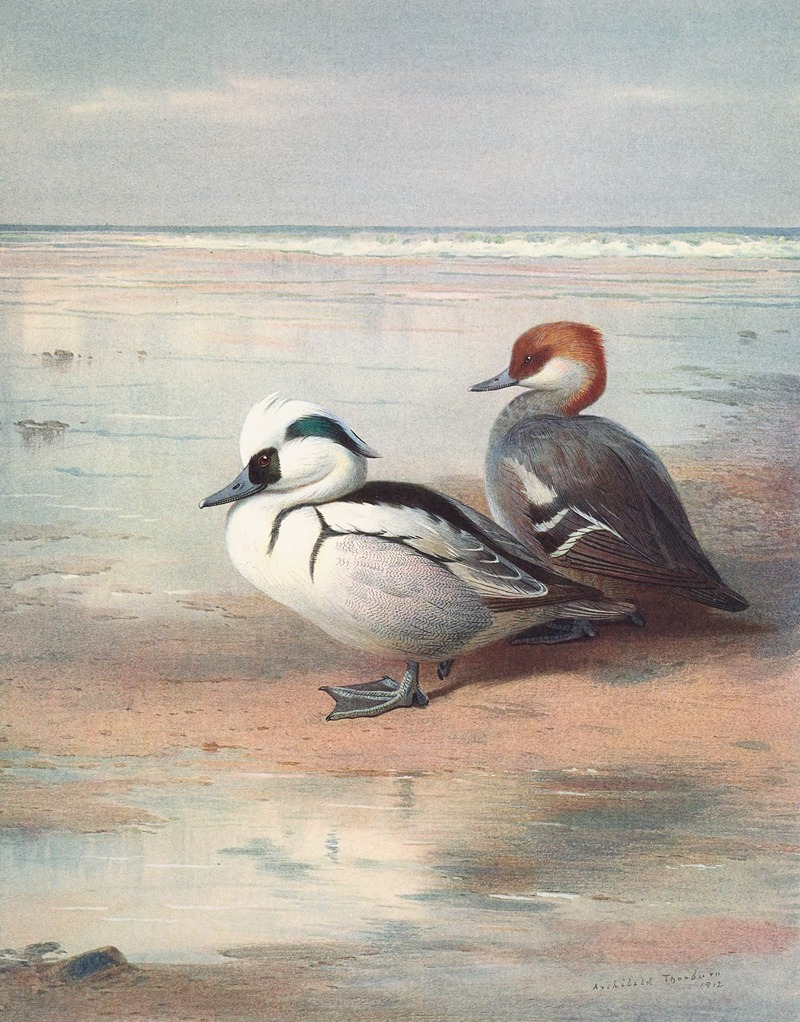
Smew
A hand-painted replica of Archibald Thorburn’s masterpiece Smew, meticulously crafted by professional artists to capture the true essence of the original. Each piece is created with museum-quality canvas and rare mineral pigments, carefully painted by experienced artists with delicate brushstrokes and rich, layered colors to perfectly recreate the texture of the original artwork. Unlike machine-printed reproductions, this hand-painted version brings the painting to life, infused with the artist’s emotions and skill in every stroke. Whether for personal collection or home decoration, it instantly elevates the artistic atmosphere of any space.
Archibald Thorburn (1860–1935) was a Scottish artist renowned for his detailed and lifelike depictions of wildlife, particularly birds. His work is celebrated for its accuracy and the ability to capture the essence of the natural world. One of his notable works is "Smew," which showcases his exceptional skill in ornithological illustration.
The smew (Mergellus albellus) is a small duck species found in the northern parts of Europe and Asia. It is known for its striking appearance, particularly the males, which have a distinctive black and white plumage. Thorburn's painting of the smew is a testament to his ability to portray birds with both scientific precision and artistic flair.
Thorburn's interest in wildlife was nurtured from a young age, influenced by his father, Robert Thorburn, who was a miniaturist painter. Archibald Thorburn's career began to flourish in the late 19th and early 20th centuries, a period when there was a growing interest in natural history and wildlife art. His work was highly sought after by collectors and naturalists alike.
In "Smew," Thorburn captures the elegance and beauty of the bird in its natural habitat. The painting is characterized by its meticulous attention to detail, from the texture of the feathers to the reflection of light on the water. Thorburn's use of color and composition not only highlights the smew's distinctive features but also places it within a serene and realistic setting, often depicting the bird in a tranquil water scene, which is typical of its natural environment.
Thorburn's technique involved working primarily in watercolor, a medium that allowed him to achieve the delicate nuances required for depicting feathers and the subtle gradations of color in the natural world. His ability to render such detail made his work invaluable to ornithologists and bird enthusiasts.
Throughout his career, Thorburn illustrated numerous books on birds and wildlife, contributing significantly to the field of ornithology. His illustrations were not only artistic achievements but also served as important scientific records of bird species during his time. His work appeared in publications such as "British Birds" and "Thorburn's Birds," which remain influential in the study and appreciation of avian art.
Thorburn's legacy is preserved in the continued admiration of his work, which is held in high regard by art collectors and natural history museums. His paintings, including "Smew," are considered masterpieces of wildlife art, reflecting both the beauty of the natural world and the skill of an artist dedicated to its portrayal.
In summary, Archibald Thorburn's "Smew" is a prime example of his expertise in capturing the essence of birdlife with precision and artistry. His contributions to wildlife art have left a lasting impact, ensuring that his work remains a valuable resource for both art and nature enthusiasts.





